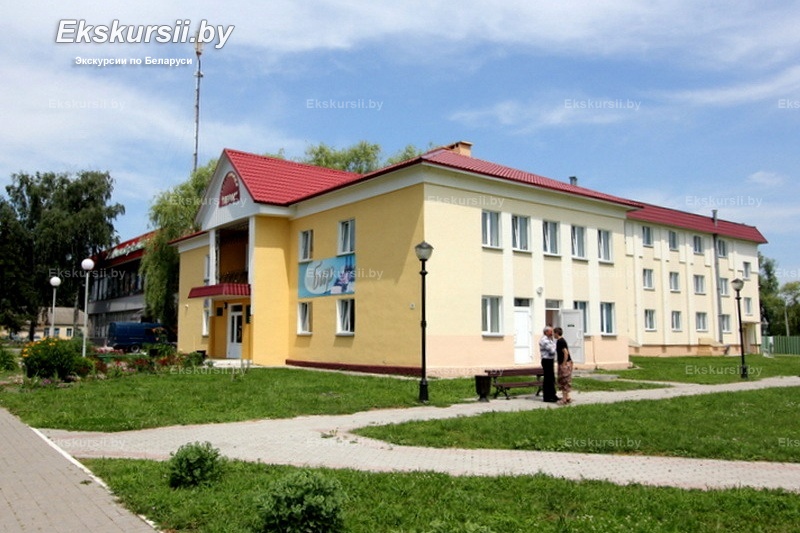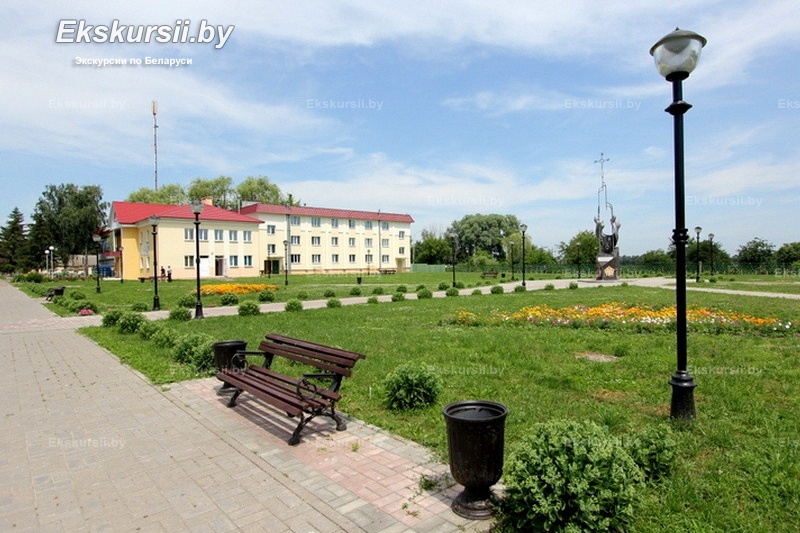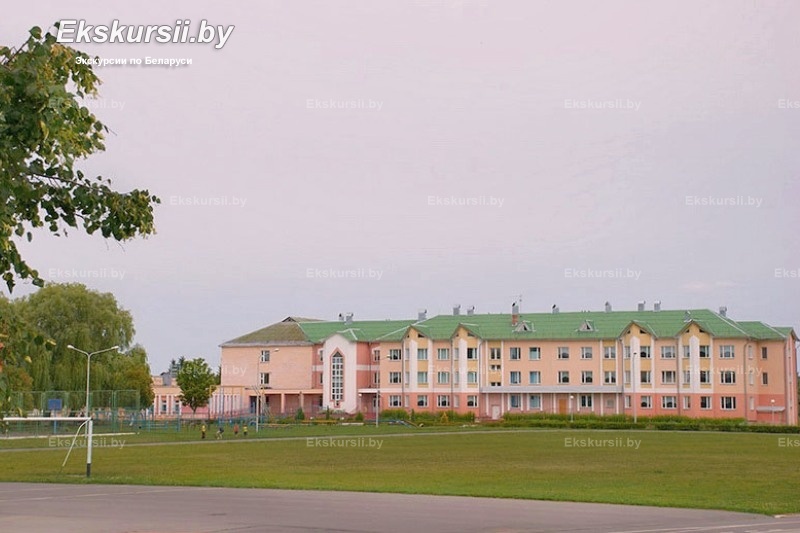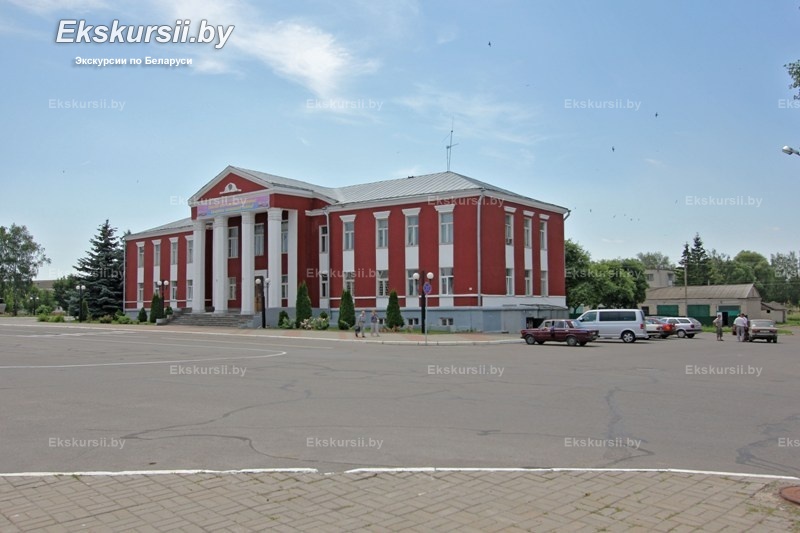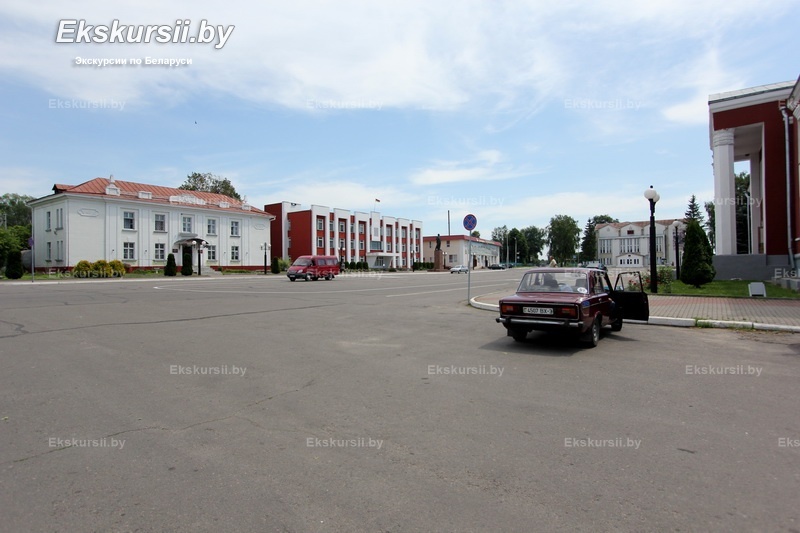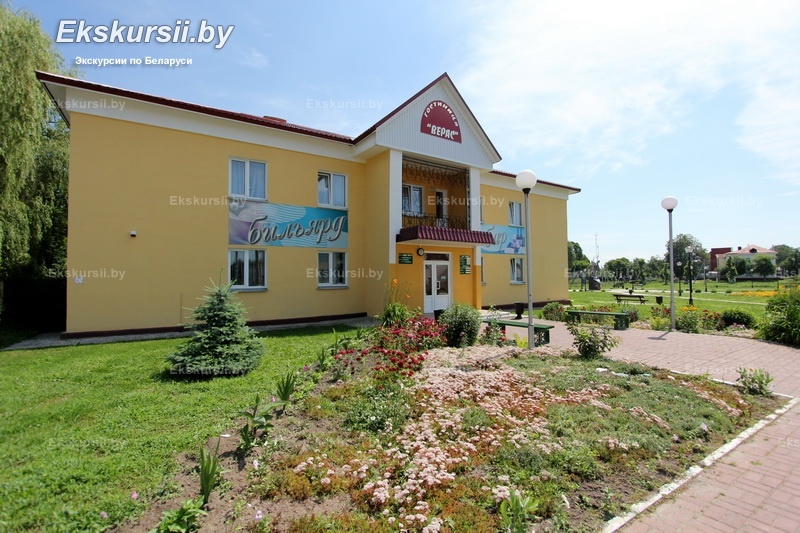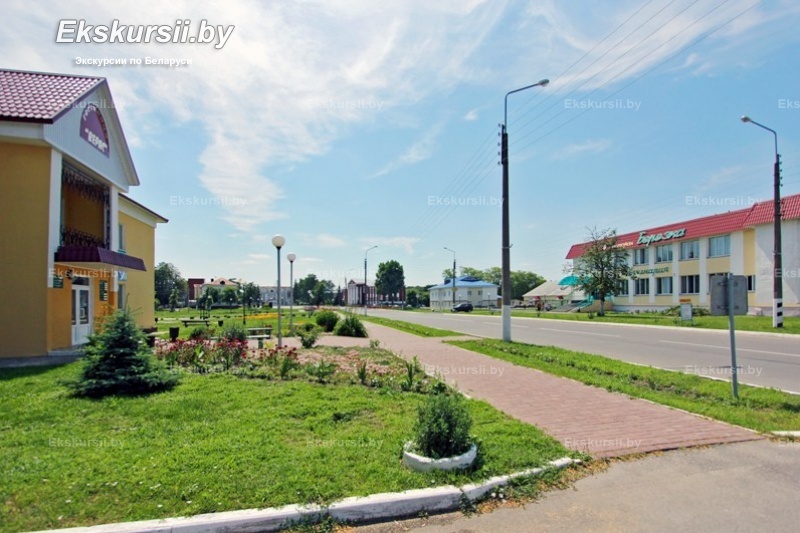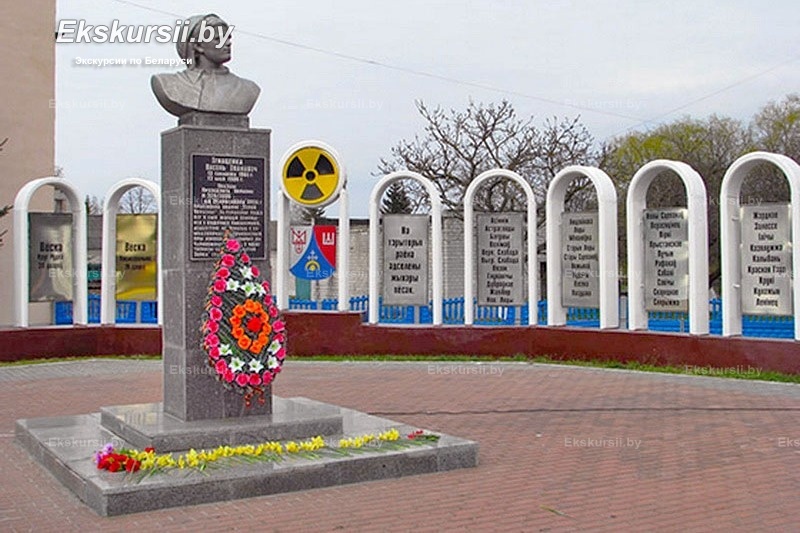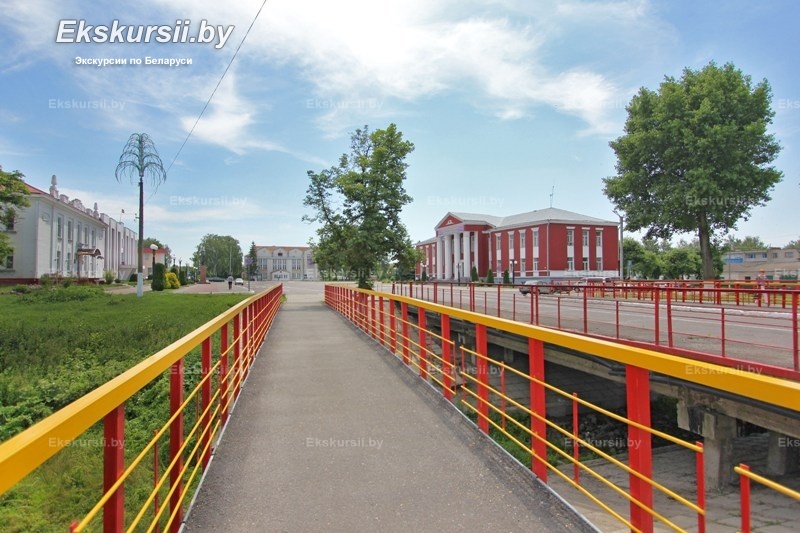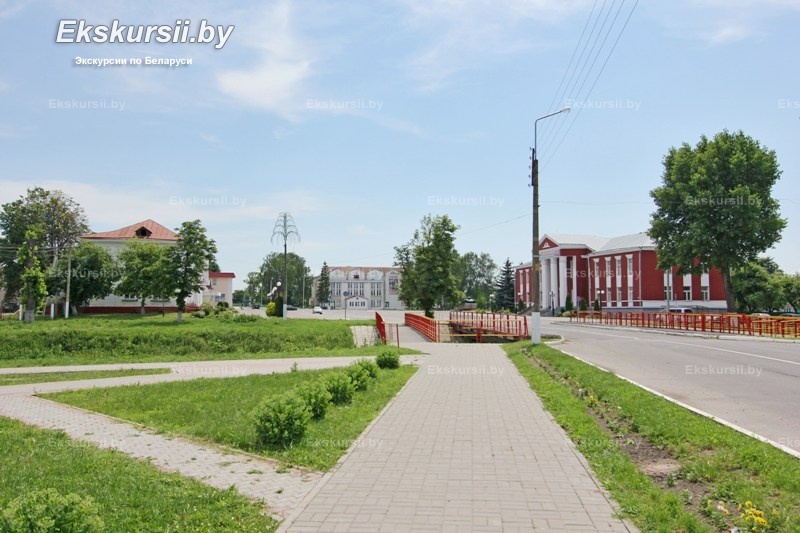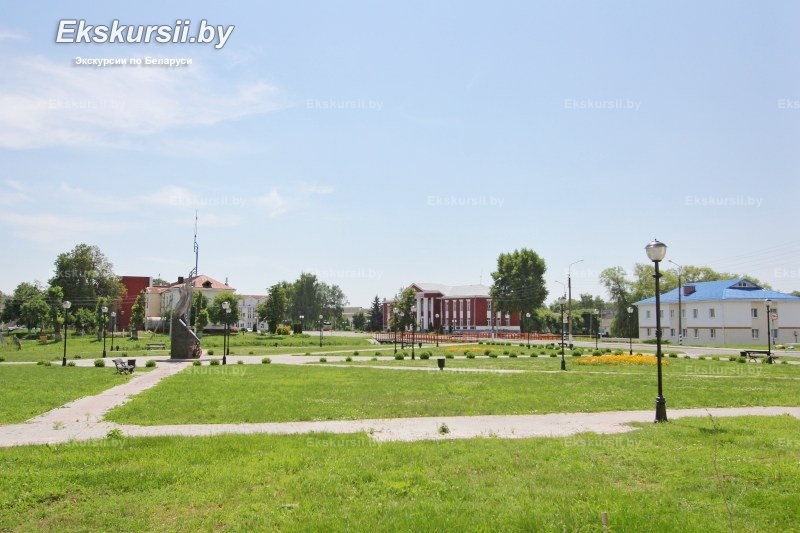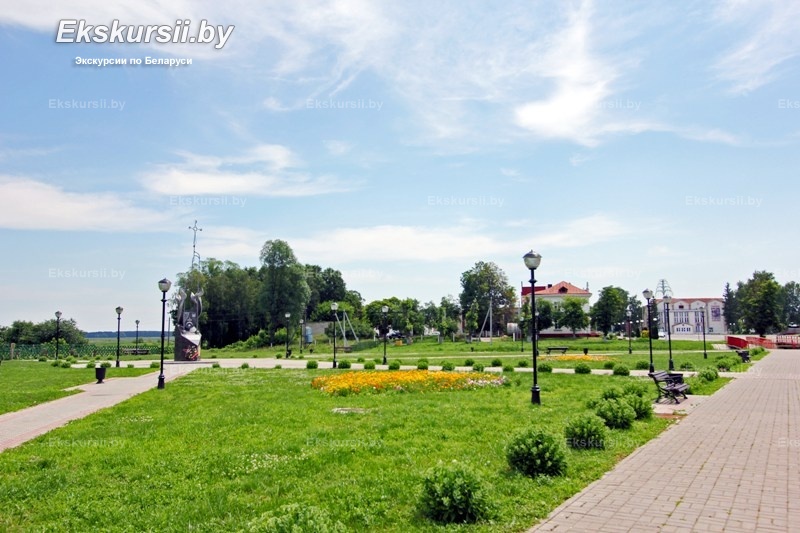History of the development
As a result of the second partition of the Polish-Lithuanian Commonwealth in 1793 Brahin became of the Russian Empire. On January 1, 1919 Brahin became part of BSSR, but on January 16 the settlement, along with other territories of eastern Belarus, was transferred to the RSFSR. On December 8, 1926 Brahin returned to the BSSR, where it became the center of the district. On September 27, 1938 Brahin received the official status of urban village. During the Great Patriotic War the urban village from August 28, 1941 to November 23, 1943 was under German occupation. During the war, a partisan movement developed on the territory of the Brahin district. In 1986 Brahin suffered as a result of the disaster at the Chernobyl nuclear power plant.
Tourism potential
Brahin can please the guests of the city with a number of attractions related to the rich history of the city. The most famous city landmark are the remains of the castle wall of the famous Vishnevetsky family, at which Brahin reached its heyday and most influence. Ancient Brahin settlement of XI — XIII centuries is alos of particular interest. Ancient Brahin was founded on the place of residence of Dregovichi, Polans and the Severians. Monument to countryman-fireman V.Ignatenko, who was directly involved in extinguishing the fire at the Chernobyl NPP on the night of 25 to 26 April 1986, is installed on the central square of Brahin. Polesie Radiation Ecological Reserve passes through Brahin district, which was created for radiobiological and environmental studies.
